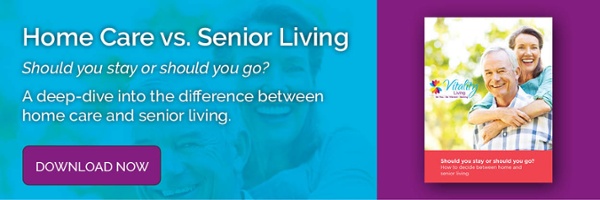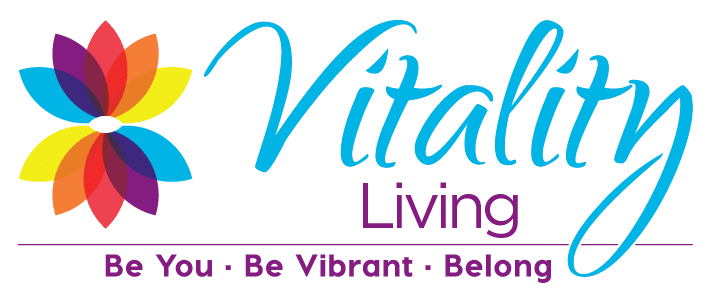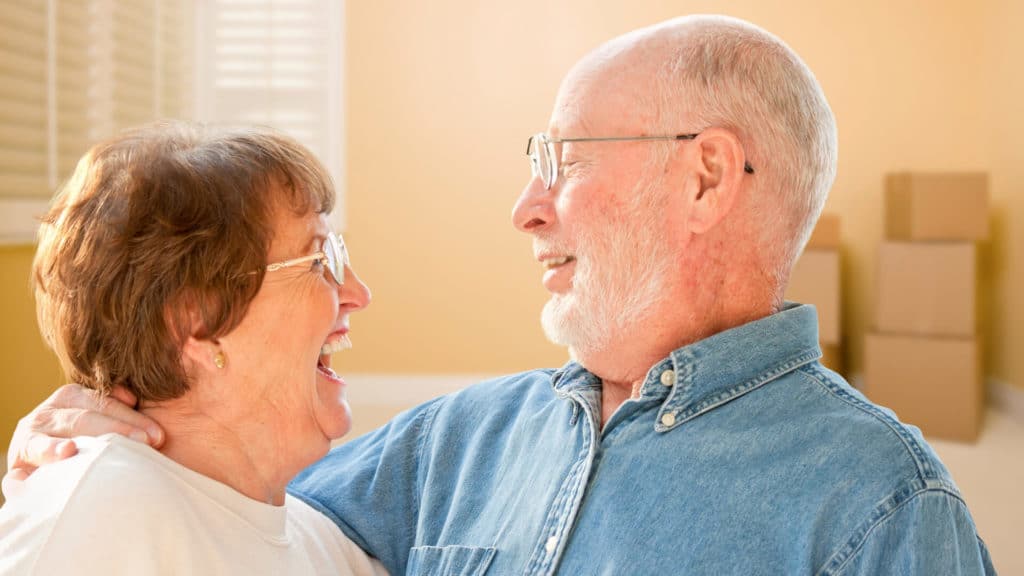Aging in place is a phrase popular in the senior care industry, but it’s one seniors and their families don’t necessarily understand. In the simplest of terms, it refers to a senior remaining in their own home as they grow old. While it’s a solution many people say they prefer, most are unaware of just all that it entails.
From hiring in-home caregivers to modifying the home for safety, here’s what it means to age in place in your private home.
Modifying a Home to Age in Place
First, you’ll want to have a professional evaluate your loved one’s home for safety. A physical or occupational therapist can usually help with this task. They will look for potential hazards around the home that can present a risk for falls or other injuries.
Modifications that may help a senior safely age in place include:
- Home alert system: Technology provides families with a wide range of options for home safety. Systems can be simple or complex, ranging from a push button necklace to sensors all around the home.
- Better lighting: Vision loss can put an older adult at higher risk for a fall. If your loved one is hoping to age in place, you’ll likely want to install better lighting. Pay special attention to lighting over steps and stairs and in bathrooms.
- Senior-friendly bathroom: According to the National Institute on Aging, 80% of the falls seniors experience at home occur in the bathroom. Throw rugs, slippery floors, and tubs all present a risk. At a minimum, you will want to consider modifying the bathroom to include a step-free shower and grab bars near the shower and toilet.
- Accessibility: Many older adults eventually require the use of an assistive device for walking. Stairs and steps can become dangerous. Talk with a licensed home builder or a contractor familiar with senior safety issues to see what types of modifications they would recommend. While you might not need to have the work completed right away, it’s good to plan ahead.
Enlisting the Support of an In-Home Caregiver
Family caregivers often find they can’t meet all of an older loved one’s needs as they grow older. For the senior to safely age in place at home, you may need to enlist the aid of a paid caregiver. They can help with light housekeeping, meal preparation, and personal care.
Depending on where you live, you will likely spend an average of $20 per hour for these types of in-home services.
Two options for doing so are:
- Hire one or two caregivers independently on your own. While less expensive, it will also take more of your time to complete the interviewing, hiring, training, payroll, and supervisory duties.
- Work with a private duty home care agency. This option is typically more expensive, but the agency will do all of the work for you.
Glossary of Senior Care Terms
Are you finding the terms and phrases surrounding senior care to be more than a little confusing?
We understand.
It’s why we created Senior Glossary: Decoding Senior Care Acronyms and Lingo. You can also download our latest Staying Home vs. Moving to Senior Living Guide to help you better understand the senior care options available to your loved one.




